Contact Details

Walter has introduced the MC232 Perform line of solid-carbide milling cutters. These milling cutters, the latest addition to Walter’s cost-effective Perform product range, feature a corner radius and reduced neck. Solid-carbide milling cutters with corner radii allow improved approaches to individual component geometries. It also improves the tool life of the milling cutter, as the edge stability is increased.
The reduced neck in turn makes the milling cutter more flexible, as it can be used with an even wider variety of cutting depths. MC232 Perform line, with diameter sizes ranging from 1/8 in. to ¾ in. and 2 to 20 mm metric, can be used for all typical milling applications (shoulder, slotting, pocket milling, helical plunging and ramping) and are suitable for a variety of materials.
Users also benefit from other features of the Perform line, such as the high level of cost efficiency for small and medium batch sizes. Application of the MC232 Perform include steel, stainless and cast iron. The new milling cutters are of particular benefit to job shops and manufacturers that frequently changing orders or quantities.
The Perform lineup is one of three designations to Walter product technology: Perform, Advance, Supreme. Perform tools are products that provide an economical solution with focused importance on price. The Advance tools are products which are efficiently balanced between price and performance. The Supreme designation indicates the highest level of technology and performance available.
Related Glossary Terms
- gang cutting ( milling)
gang cutting ( milling)
Machining with several cutters mounted on a single arbor, generally for simultaneous cutting.
- milling
milling
Machining operation in which metal or other material is removed by applying power to a rotating cutter. In vertical milling, the cutting tool is mounted vertically on the spindle. In horizontal milling, the cutting tool is mounted horizontally, either directly on the spindle or on an arbor. Horizontal milling is further broken down into conventional milling, where the cutter rotates opposite the direction of feed, or “up” into the workpiece; and climb milling, where the cutter rotates in the direction of feed, or “down” into the workpiece. Milling operations include plane or surface milling, endmilling, facemilling, angle milling, form milling and profiling.
- milling cutter
milling cutter
Loosely, any milling tool. Horizontal cutters take the form of plain milling cutters, plain spiral-tooth cutters, helical cutters, side-milling cutters, staggered-tooth side-milling cutters, facemilling cutters, angular cutters, double-angle cutters, convex and concave form-milling cutters, straddle-sprocket cutters, spur-gear cutters, corner-rounding cutters and slitting saws. Vertical cutters use shank-mounted cutting tools, including endmills, T-slot cutters, Woodruff keyseat cutters and dovetail cutters; these may also be used on horizontal mills. See milling.
- slotting
slotting
Machining, normally milling, that creates slots, grooves and similar recesses in workpieces, including T-slots and dovetails.

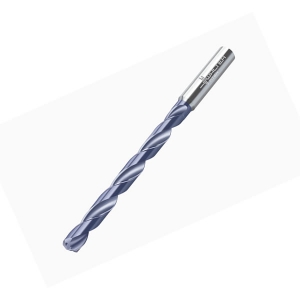
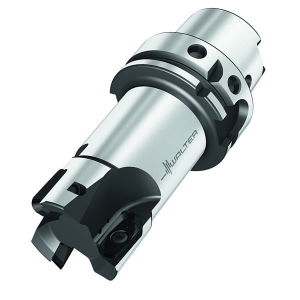
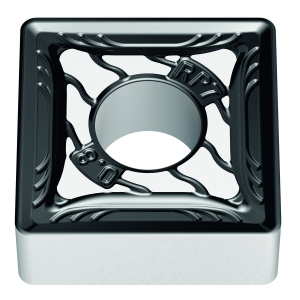

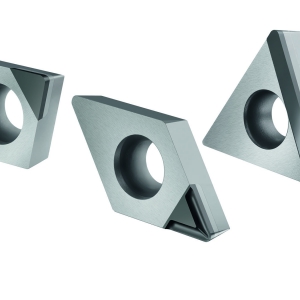
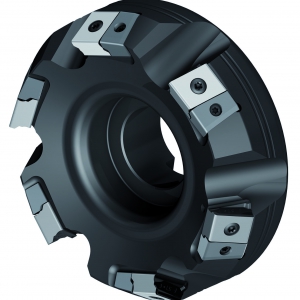
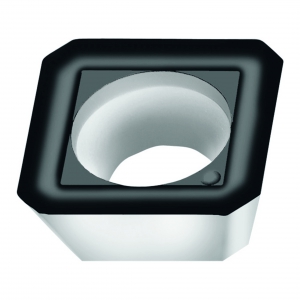

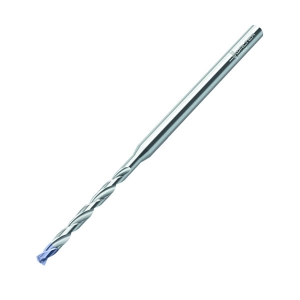
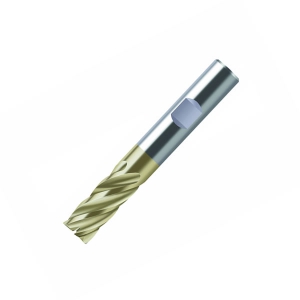
 PRODUCTS
PRODUCTS

